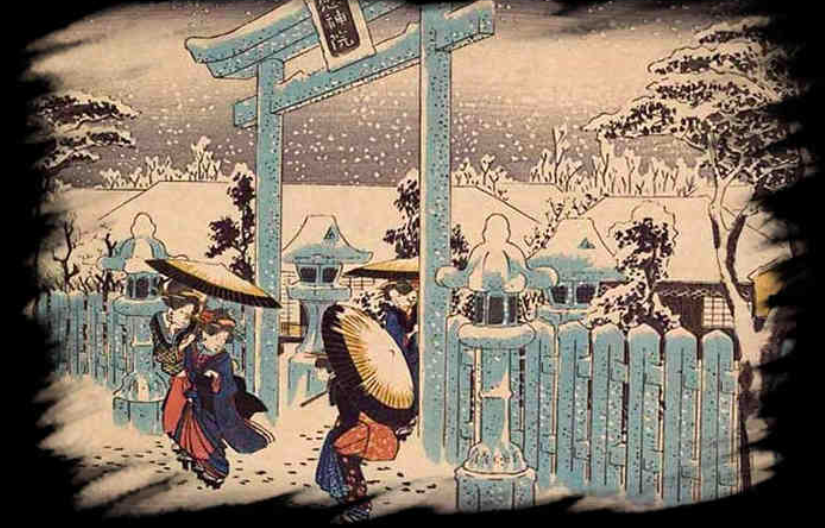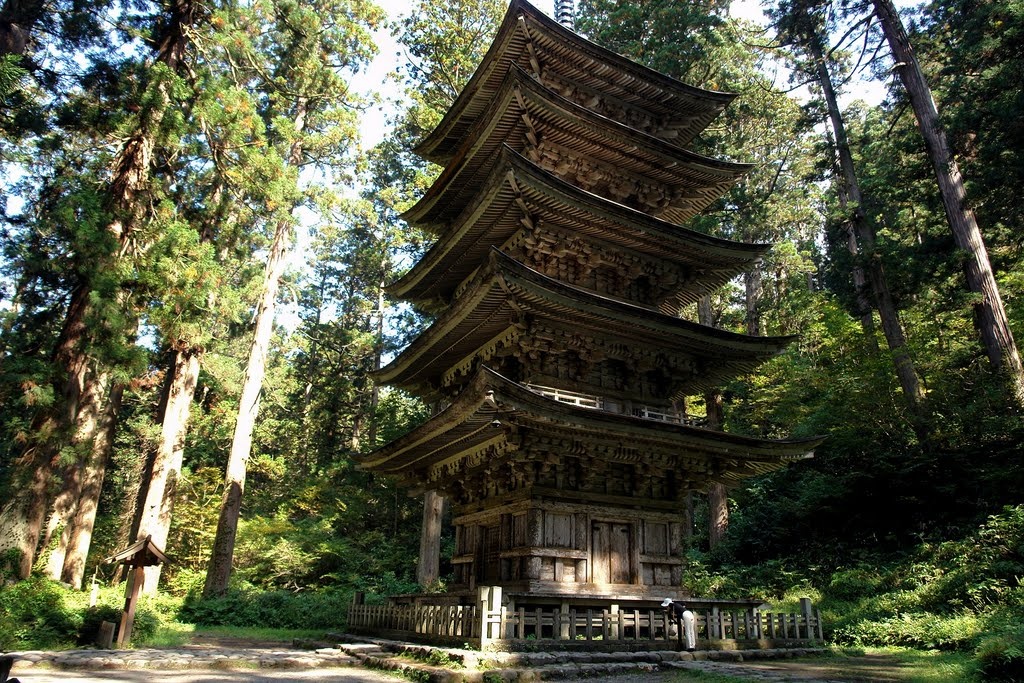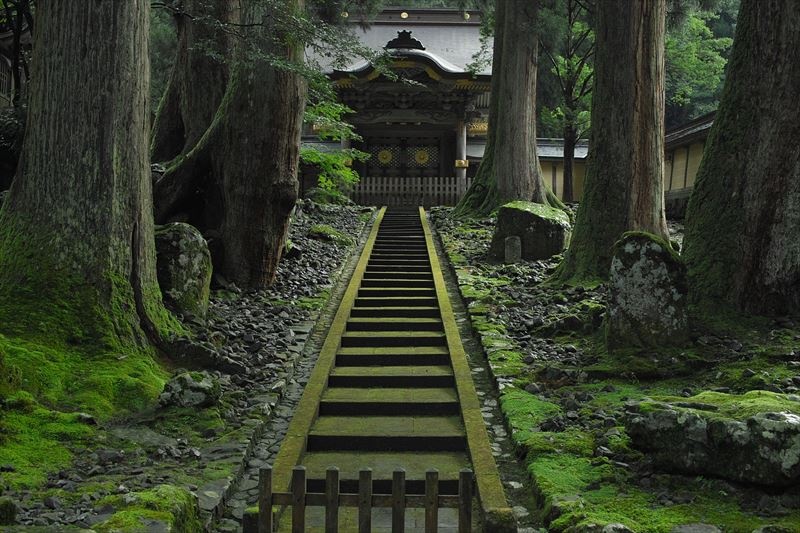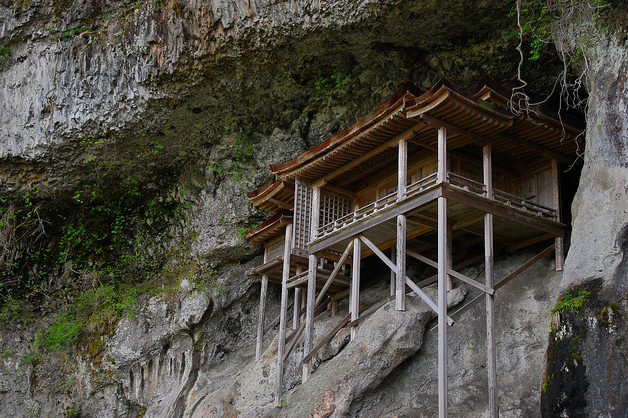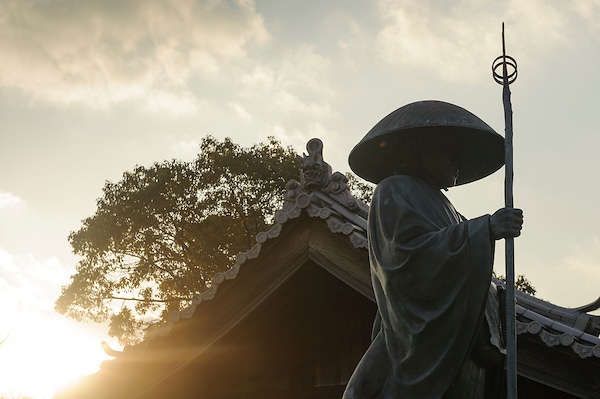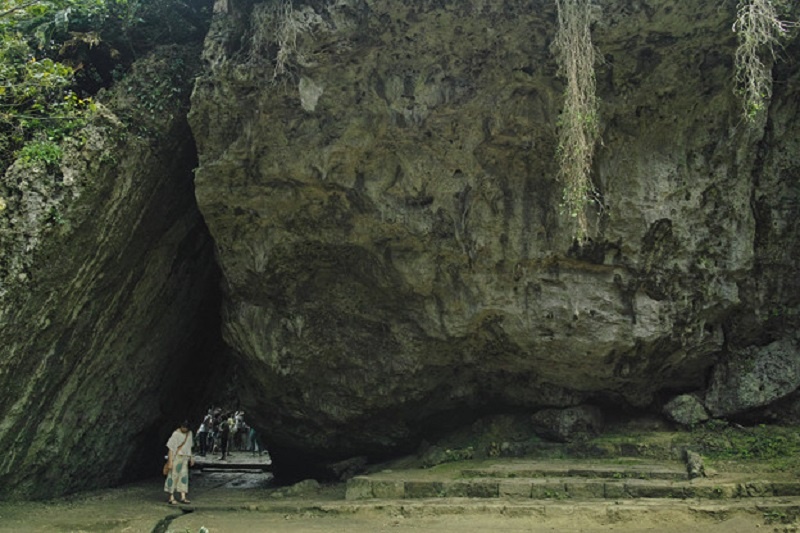Take the Path of Faith to Discover Nature
Mountains clothed in lush emerald green, cool forests, brooks transparent to the bottom... When you leave the bustle of the cities, a natural, sometimes mysterious world awaits.
By AAJ Editorial TeamSince ancient times in Japan there has been a belief that all things, especially natural phenomena, have a spirit. The belief lives on today, helping the Japanese people feel in harmony with nature, while respecting all of its forms and stages, giving thanks, and offering up prayers.
This is how life is lived on the islands making up Japan. The mountains and seas, the winds and fire, all are gods, says the Kojiki (A Record of Ancient Matters), Japan’s oldest historical record. The country itself is said to owe its existence to gods and a natural world that offers the essentials for life. This way of thinking runs throughout the country’s long history, and can be felt at Shinto shrines and other religious places where tranquility reigns. Just standing there awakens the five senses and opens the mind to new possibilities.
Ise Jingu (Mie)
https://www.youtube.com/watch?v=g3B0UdMuVd0
This shrine venerates Amaterasu Omikami, who appears in Japanese mythology and represents the divine origins of Japan. It has a long history of approximately 2,000 years, and is the head shrine for 80,000 shrines throughout Japan. Including Naiku (the inner shrine) and Geku (the outer shrine), 125 shrines are placed in an orderly fashion within the immaculate shrine precincts.
For a period of 1,300 years, the Sengu has been held once every 20 years without fail. In this sacred ceremony, the main shrine is rebuilt in a different location in a ritual of divine renewal. In this manner, the spirit and culture of Japan is continuously passed on from past to present.
Mount Haguro (Yamagata)
The old province of Dewa, centered on what is now Yamagata Prefecture, had three sacred mountains, one of them Mount Haguro. It soars high in the middle of the prefecture and has long been a center of discipline for those who adhere to a belief in the divine nature of mountains. Training on the majestic mountain is said to lead to a mystical feeling of oneness with nature, and to bring one closer to enlightenment.
Eihei-ji Temple (Fukui)
About 770 years ago, the monk Dogen Zenji founded the main temple of the Soto sect of Zen Buddhism, in what is now Fukui Prefecture. The temple complex is home to more than 70 buildings. The grounds have an area of about 330,000 square meters (82 acres). Here you can gain tranquility while practicing zazen meditation, which is the foundation of Zen training.
Koya-san Mountain Range (Wakayama)
This mountainous basin area at an altitude of approximately 900 meters (2,953 ft) is the holy ground where Kukai founded the esoteric Shingon sect of Buddhism nearly 1,200 years ago. The entire area of Mount Koya is known as a temple complex for a single temple called Kokubun-ji Temple. Within the temple complex are 117 religious buildings, and at any of 52 of them you can stay the night or undergo discipline, copying sutra prayers or practicing meditation.
The Nageire-do Hall (Tottori)
The sacred mountain Mitoku (elevation 900 meters/2,953 ft) is located in the middle of Tottori Prefecture. Here you can visit an old temple belonging to the Tendai sect of Buddhism, Sanbutsu-ji. Nageire-do Hall has been clinging to a rocky cliff here for about 1,000 years. According to legend, the founder of Shugendo—a practice that blends Shinto and Buddhist concepts—built the hall by throwing it into a crevice in the cliff. To reach the hall would require a nimble, perhaps dangerous climb.
The 88 Temple Pilgrimage (Shikoku)
O-henro-san are pilgrims visiting the 88 temples associated with Kukai (774-835), the founder of an esoteric sect of Buddhism. The pilgrimage takes a route about 1,200 kilometers (746 miles) long, with miraculous views of the sea and mountains of Shikoku. lt is reputed to offer considerable advantage for those who take it.
Sefa Utaki (Okinawa)
Sefa Utaki, a site of historical importance in Okinawa, is associated with the native religion of the Ryukyu Kingdom and its various rituals. It was considered to be the most sacred place on the Ryukyu islands. This is where a ceremony called O-araori was held to induct a woman into the position of Kikoe no Okimi, the Chief Priestess of the Kingdom. Today, huge boulders and many trees surround the route taken by tourists, offering them a mystical experience.


